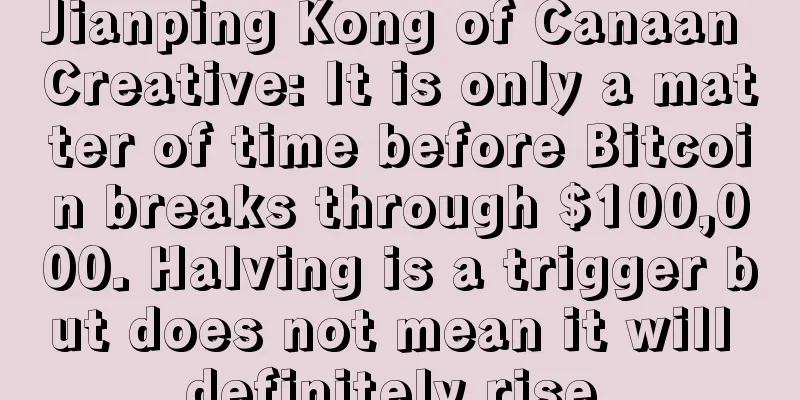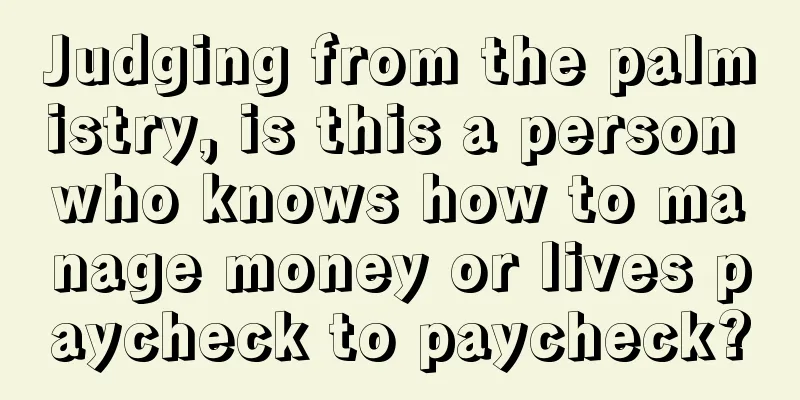Drive the entire capital market to explore blockchain and form an ecosystem

|
Chain.com announced at the end of last year that it would issue the company's shares on Nasdaq's blockchain platform Linq, becoming the first case. Fredrik Voss, head of blockchain strategy at Nasdaq, said that more companies will join in the future. Linq is a new equity trading platform based on blockchain technology developed by Nasdaq in its private market. Chain.com is a blockchain startup that became a partner of Nasdaq's Linq platform in June 2015. After the Linq platform was developed, Chain.com naturally became the only choice to experience the platform. Voss said that the progress was very smooth. As we all know, Nasdaq is one of the busiest exchanges in the world, but it still noticed the niche technology of blockchain and foresaw that the innovation and advantages of this technology would bring challenges to the traditional financial market. So Nasdaq had the idea of experimenting with this technology. Nasdaq believes that the value of technology lies in sharing, and it is impossible to conduct experiments alone, and it needs to cooperate with like-minded corporate communities. Voss said:
Fredrik Voss So by the end of this year, can we see the market adopting distributed ledger technology on a large scale? Probably not, Voss believes that although the development roadmap of blockchain has begun to take shape, there is still a lot of testing, learning and collecting feedback to be done before we can see any form of large-scale adoption.
Nasdaq is already moving forward with its blockchain equity trading pilot, which is conducting private equity transactions in a relatively closed environment with little involvement of existing technology infrastructure such as files, Excel spreadsheets, faxes and FedEx. Voss also noted that private markets face less complex regulation in the U.S. than public markets.
In 2015, we have heard a lot of discussion about blockchain use cases and have seen some startups implementing blockchain technology, such as Symbiont's announcement in August 2015 that it had issued its own shares through distributed ledger technology. Recently, according to multiple sources close to Symbiont, the smart securities trading platform has completed a round of financing of $7 million, and the company's current valuation has reached $70 million. Voss said that this year (2016), we will see more deployment of related services, which provides practical experience for the industry to develop better. Voss said:
Larger-scale products may begin to appear in the market in 2017. In view of Nasdaq's successful execution of equity transactions on the blockchain not long ago, Voss reiterated the potential of distributed ledger technology: "This technology holds great promise for truly revolutionizing the operation of capital markets, but we also recognize that it needs to adapt to the existing technology ecosystem, such as procedures, operations and regulatory provisions." Original article: http://www.risk.net/risk/news/2441444/nasdaq-pioneering-trade-means-2016-will-be-year-of-blockchain |
<<: Digital Currency Group announces acquisition of Bitcoin media CoinDesk
>>: Bitcoin Classic controversy is annoying, Gavin Andresen has something to say
Recommend
Freezing accounts, stopping pound recharges and withdrawals, are major British commercial banks hostile to Bitcoin?
Cryptopay is a successful Bitcoin broker with mor...
Face with deep nasolabial folds
Nasal folds are two lines extending down from the...
Coin Zone Trends: Bitcoin Price Trends Based on Big Data This Week (2017-04-06)
The price of the currency has risen and then fall...
What does a mole on the back of the neck mean? Did you know?
1. Get rich In physiognomy, if a person has a mol...
Analysis of women's lips
As one of the traditional physiognomy techniques, ...
What is the fortune of a woman with uneven teeth?
If a woman wants to have a good appearance, she m...
Judging character and destiny from lips
According to physiognomy, a person’s character an...
Is it good for a man to have a mole next to his eyebrow?
In mole physiognomy, moles in different positions...
People with high eyebrows are capable and have made great achievements.
In physiognomy, eyebrows reflect a person's p...
What does the mole between Liu Shishi’s eyes mean? Is the mole between the eyes a bridge of the nose mole?
Many people have moles on their faces, not only o...
Detailed explanation of Conflux's latest upgrade: Conflux eSpace
In February 2022, Conflux introduced a new EVM-co...
Chinese Bitcoin Mining Machine Manufacturer Canaan Acquires Proof of Existence Service
Golden Finance News - Bitcoin mining ASIC hardwar...
Cryptocurrency investment expert: Institutional investors will push Bitcoin prices to extremely high levels
As Bitcoin’s price breaks new highs, will its bul...
What does it mean when the lifeline forks and forms a triangle?
Many people have some understanding of triangle l...









